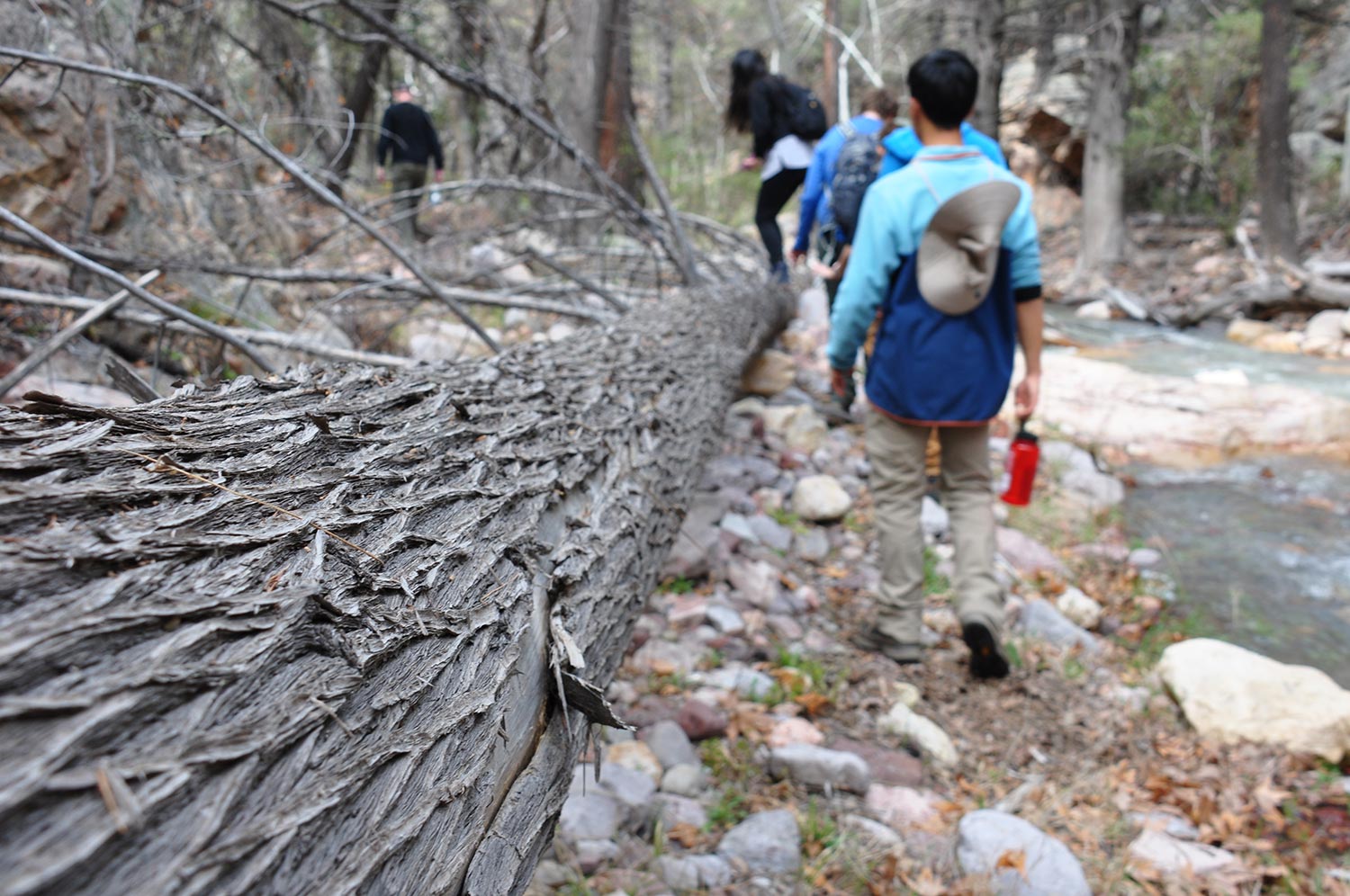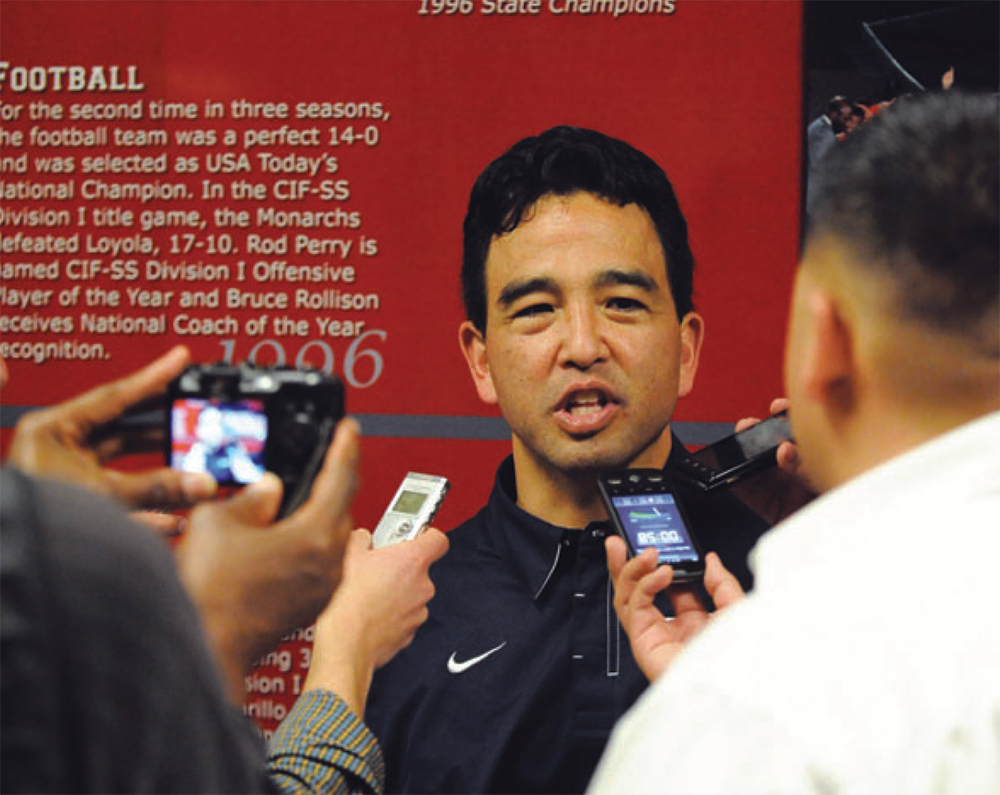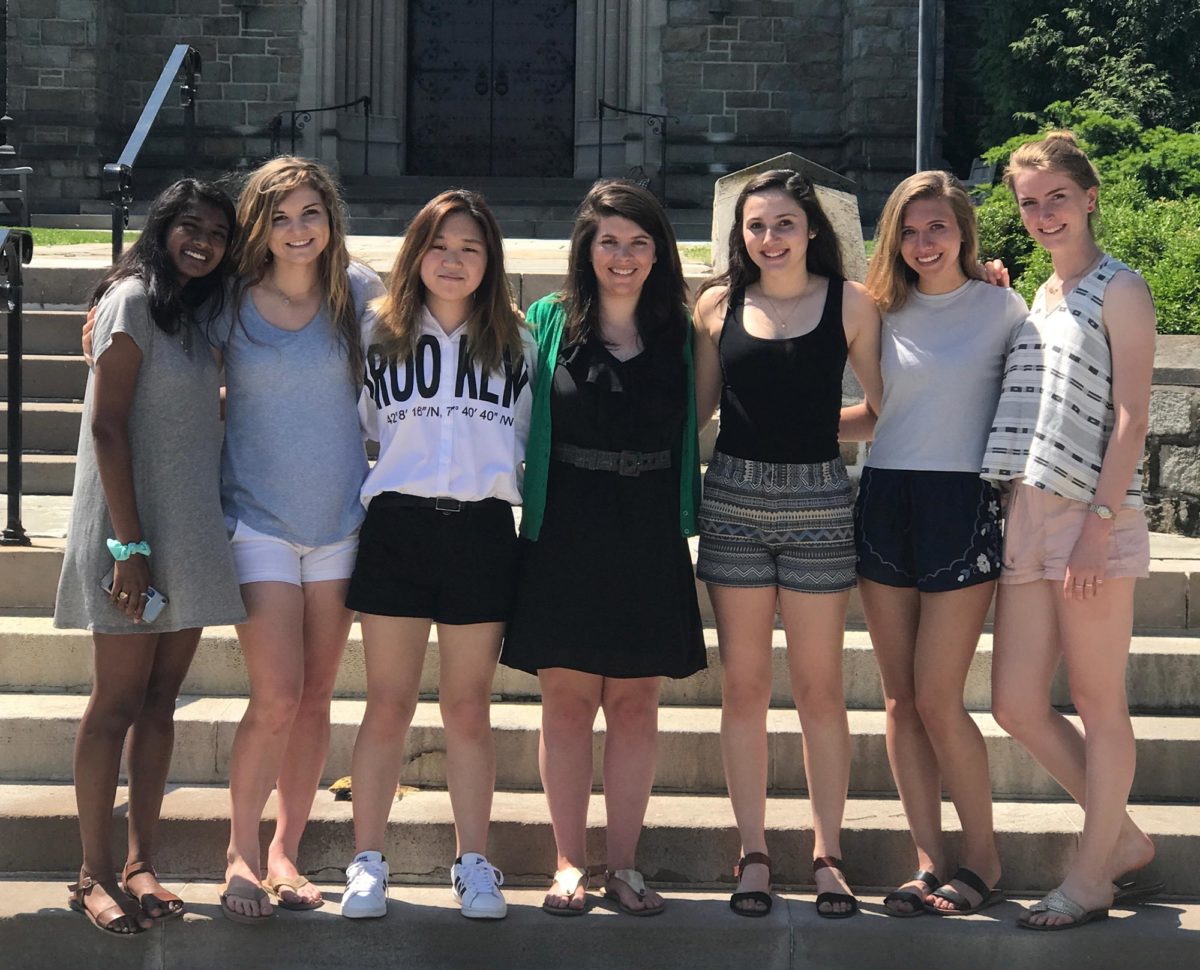While many students spend their spring breaks recharging from a busy quarter, a group of students traveled to the deserts of southeast Arizona to study owl populations. Working alongside researchers from HawkWatch International, six Prep students immersed themselves into daily life at the Southwestern Research Station, located in the Chiricahua Mountain Range.
This opportunity came through the Earthwatch Institute, the nonprofit organization that connects scientists across the world with students of all ages.
At 5,400 feet above sea level, the students went straight to work practicing their listening skills for owl calls and trekking through the diverse biomes of the Chiricahuas. Natalie Bax ’20, Mei-Tung Chen ’21, Mira Kaplan ’21, Calvin Katz ’20, Ashwin Sivakumar ’22 and Tim Yudong Zhang ’21 kept daily journals logging their research and discoveries about the owl populations in the region. They learned how to install mist nets to catch owls during nighttime excursions, identify native trees, document the effects of environmental changes and map the areas most densely inhabited by the birds.
“From malaise trap installation to mist net installation, to tree density estimation and GPS navigation, we did so many things in just three days,” Zhang observed in his expedition journal about their progress.
This trip is the first of its kind at Prep, merging scientific exploration and immersive studies into one. The inaugural excursion of Prep’s Global Studies Initiative, the Earthwatch expedition is one of four trips that students are taking this year to explore the world. The rest occurred this summer.
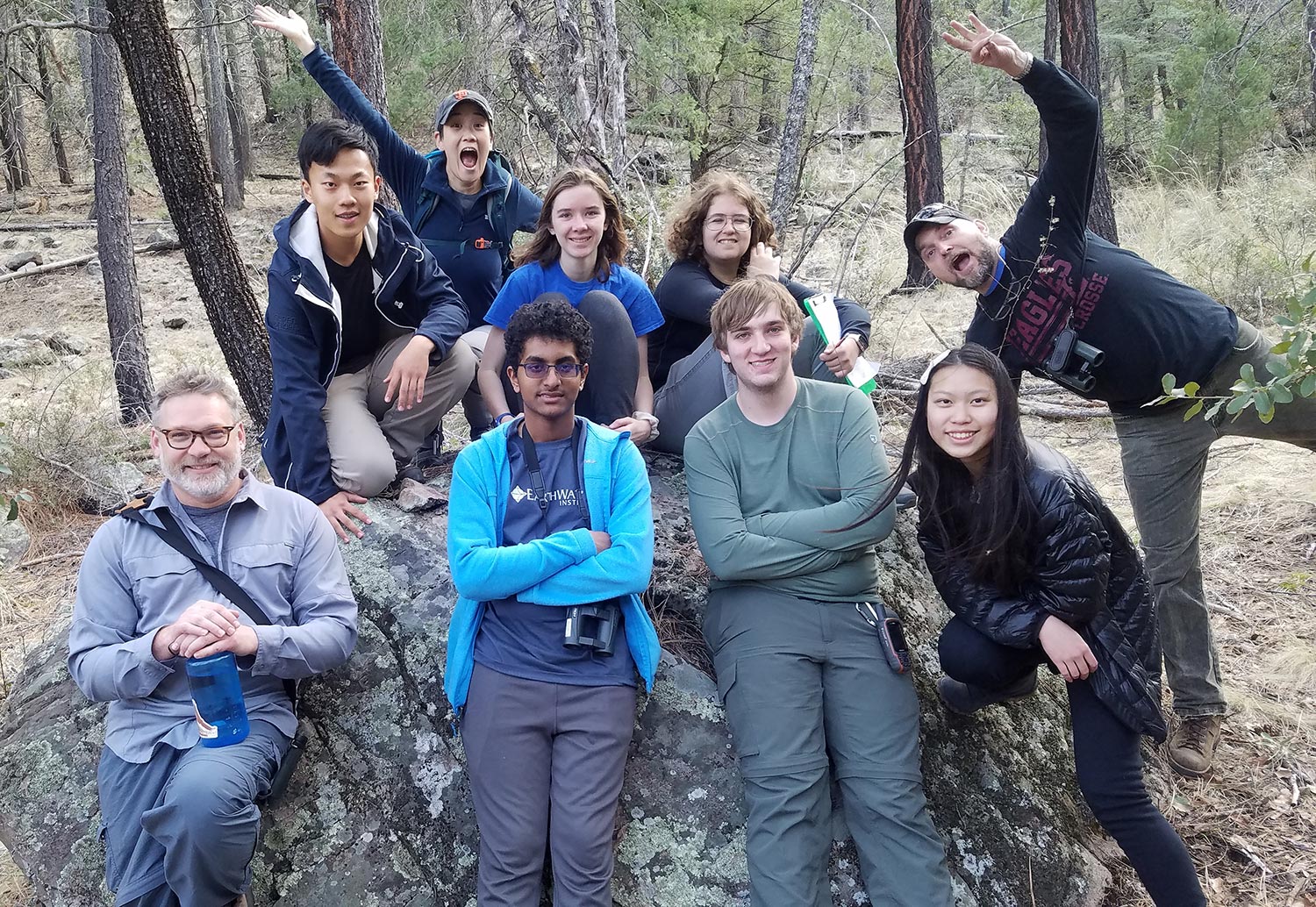
Whether Prep students are learning about biodiversity, cultural similarities or languages, the Global Studies trips focus on collaboration and cross-disciplinary education. Ingrid Herskind, the Global Studies coordinator, explains that science is a distinctly collaborative field, encouraging researchers to work together toward common goals.
During their week in Arizona, the students, who range from 9th to 11th grade, took their classroom education into the field, discovering life as biologists and working together on research teams.
Biology teacher Michelle Gee and chemistry teacher Eric Kleinsasser chaperoned the trip. Having partnered with Earthwatch on student trips at her previous school, Gee wanted the students to experience being real-life scientists.
“In a class, we have a set amount of time to follow protocols and find answers, and to look through the microscope at tiny organisms,” she explains. “This [trip] was macro-science, and they got to see what it’s like for scientists whose lab is everywhere and anywhere in the world.”
Gee notes how smoothly everyone discovered their roles within their mini-research team. “They each gravitated toward something that they liked. Ashwin loved doing the callbacks for the owls, Natalie helped install the mist nets every night, Mira and Mei-Tung were excellent data collectors and Tim and Calvin were the jacks of all trades,” she shares.
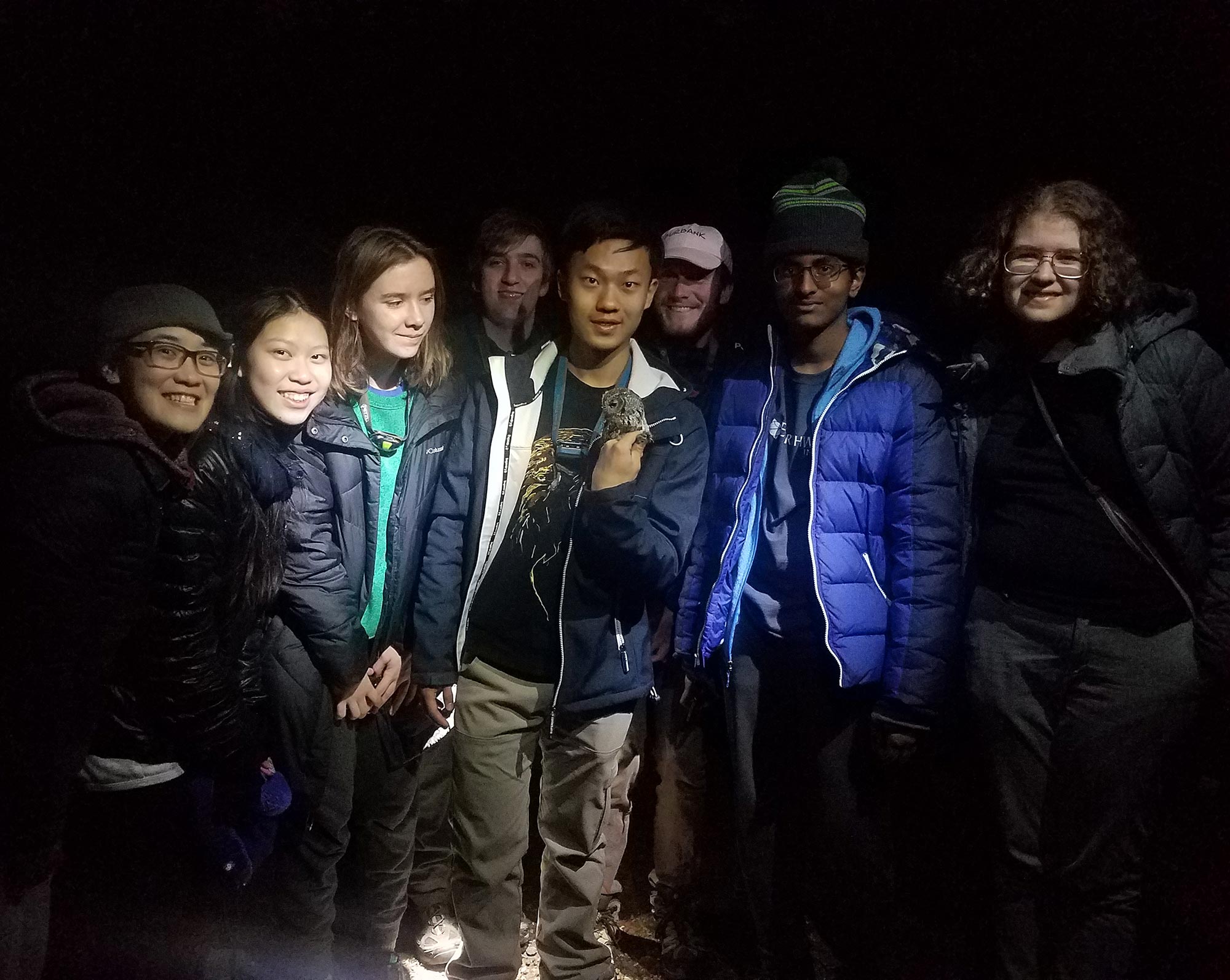
At least one of the students had a sustained interest in birds and climate leading into the trip. Sivakumar did a STEAM & Science Fair project on wetland restoration and avian biodiversity. Upon his return from the Earthwatch Institute, he competed at the 2019 California Science & Engineering Fair, earning first place in the Earth & Environmental Sciences category for his work. He was one of just seven students from the California State Fair to advance to the Intel International Science and Engineering Fair in May 2019.
This research opportunity reveals that scientific research can begin anywhere, whether in the Prep classroom, the wilds of Arizona or anywhere else students can imagine.
“I believe science is one of the best areas where we can combat a lot of global problems, from climate change to energy crises,” Herskind says, “I’m excited to see our students thinking collaboratively about our world and experimenting with new ideas.”

